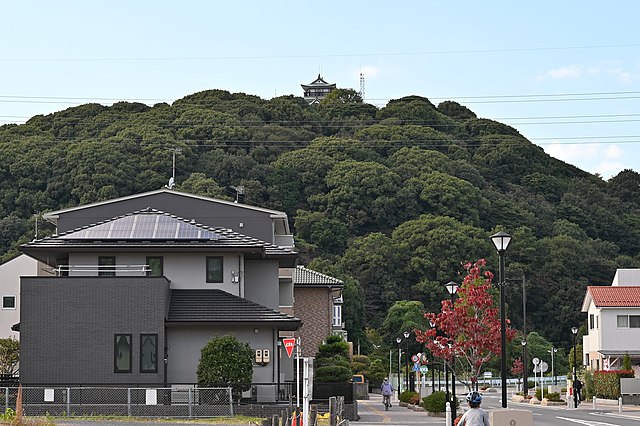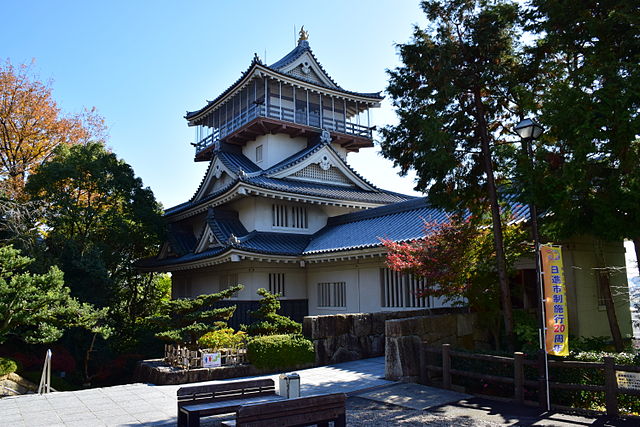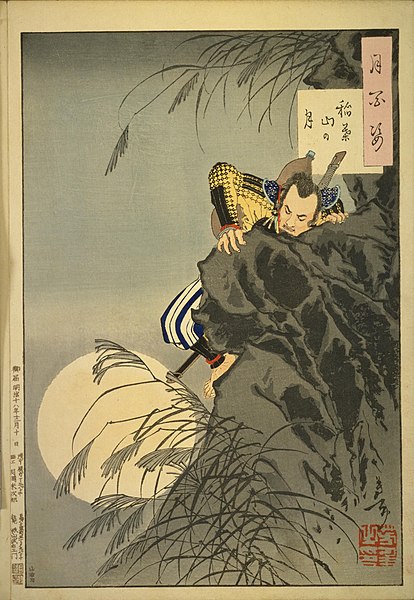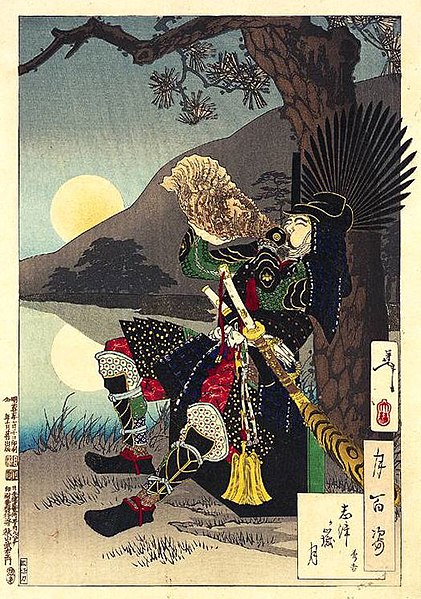Battle of Komaki and Nagakute
The Battle of Komaki and Nagakute was a series of battles in 1584 between the forces of Hashiba Hideyoshi and the forces of Oda Nobukatsu and Tokugawa Ieyasu. Hideyoshi and Ieyasu had both served Oda Nobunaga and had not previously come into conflict; this would in fact be their only period of enmity. Although this episode of history is most commonly known by the two largest and most important battles, the event is also sometimes referred to as the Komaki Campaign.
Nagakute Historic Battlefield
Inuyama Castle on a cliff
Mt. Komaki & Komaki Castle (not Komakiyama Castle)
Iwasaki Castle
Toyotomi Hideyoshi , otherwise known as Kinoshita Tōkichirō and Hashiba Hideyoshi , was a Japanese samurai and daimyō of the late Sengoku and Azuchi-Momoyama periods and regarded as the second "Great Unifier" of Japan. Although he came from a peasant background, his immense power earned him the rank and title of Kampaku and Daijō-daijin , the highest official position and title in the nobility class. He was the first person in history to become a Kampaku who was not born a noble. He then passed the position and title of Kampaku to his nephew, Toyotomi Hidetsugu. He remained in power as Taikō (太閤), the title of retired Kampaku, until his death. It is believed, but not certain, that the reason he refused or could not obtain the title of shogun (征夷大将軍), the leader of the warrior class, was because he was of peasant origin.
Nakamura Park in Nagoya, traditionally regarded as Hideyoshi's birthplace
One Hundred Aspects of the Moon No. 6, by Yoshitoshi: "Mount Inaba Moon" 1885, 12th month. The young Toyotomi Hideyoshi (then named Kinoshita Tōkichirō) leads a small group assaulting the castle on Mount Inaba.
One Hundred Aspects of the Moon No. 67, by Yoshitoshi: The Moon and Hideyoshi at the Battle of Shizugatake.
Battle standards of Toyotomi Hideyoshi








